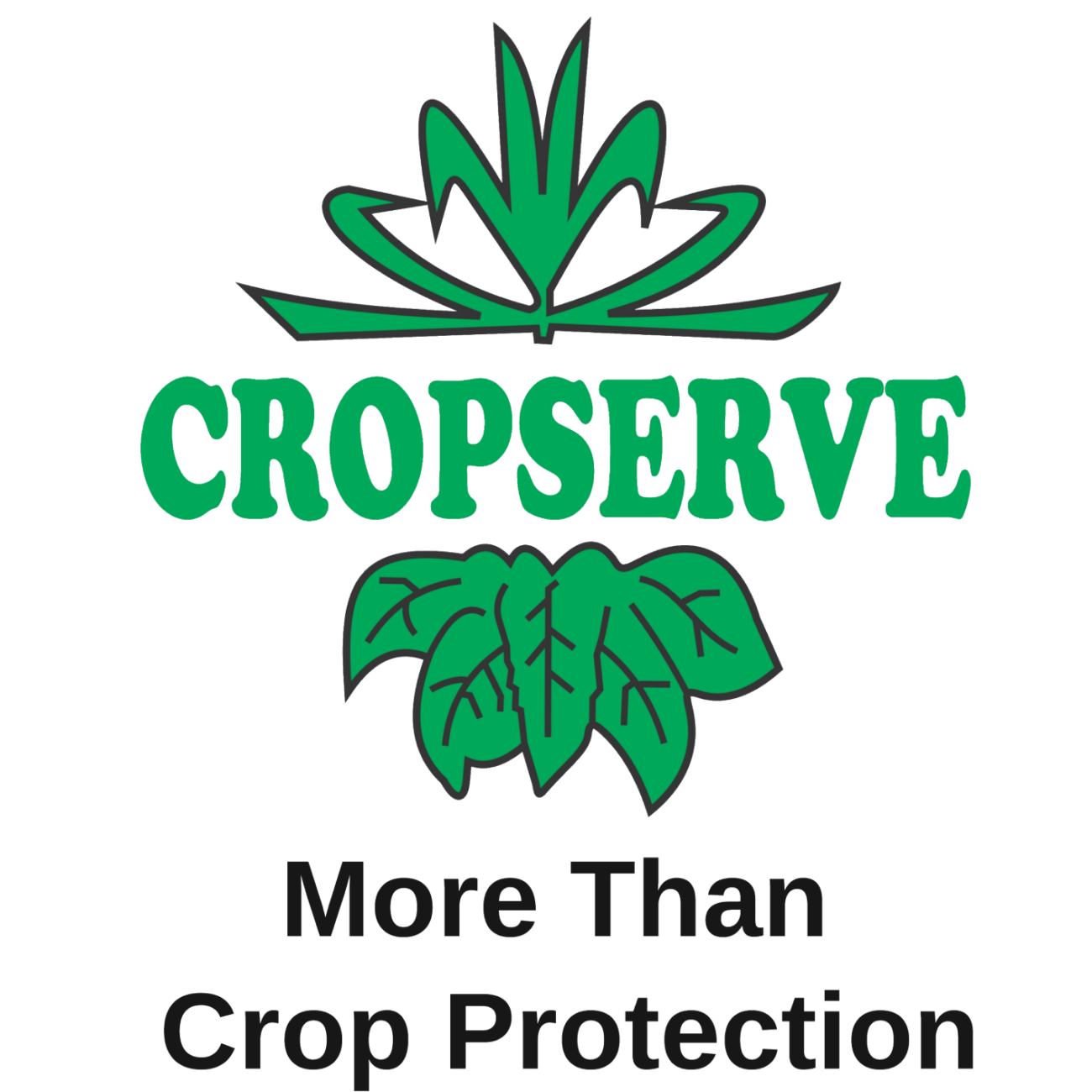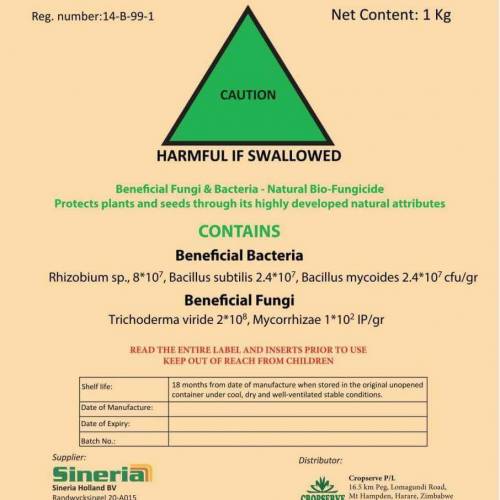Taxonomy: variety of pathogenic fungi.
Description: Healthy soil contains soil-borne disease organisms, which are in a balance between the beneficial organisms. Crops only show symptoms of disease when this balance is disrupted and pathogen organisms become more dominant. This can be from monoculture, waterlogging . Damping off (or Soreshin) is a horticultural disease or condition, caused by several different pathogens, like Fusarium, Pythium and Rhizoctonia species, root rot, including Phytophthora, vascular wilts caused by fungi including Verticillium and nematodes. They kill or weaken seeds or seedlings before or after they germinate. It is most prevalent in wet and cool conditions.
As described from this link:
Post-emergence damping-off is where stems & roots of tender seedlings are attacked by disease at the soil line and the can seedlings fall over. Root rots can affect plants beyond the seedling stage when the fungi invades internal root tissue, interfering with the supply of water & nutrients. Above ground symptoms include loss of vigour, leaf yellowing (chlorosis), leaf drop, wilting (starting at the growing tip), branch die back, and sudden death. Vascular wilts are characterized by the plant wilting and discoloration of the vascular system at the base of the stems & branches.
Control measures: In most instances infected plants will not fully recover. Take preventative measures. Soil borne diseases are are most problematic at early growth stages in predominantly solanaceous crops (tomatoes, potatoes tobacco). Clean equipment between crops. Carry out crop rotations. Use sterile planting material. Remove any plant materials between crops. Use a fungicide drench (Victory or Baytan) before pulling plants for transplanting. Avoid water logging the soil. Use soil conditioner products such as Rhizo Mic (Beneficial bacteria / fungi) to ensure the soil remains healthy.
Contact a Cropserve agronomist for further information.




